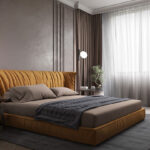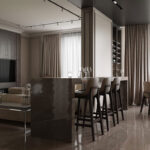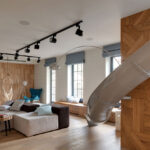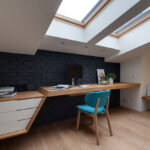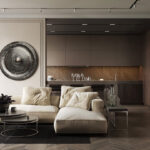Design & Planning
- Home
- Our Services
- Design & Planning
From Concept to Creation: The Journey of Design & Planning
When it comes to transforming a house into a home or a workspace into a productivity hub, interior design plays a crucial role. It’s not just about aesthetics; it’s about creating spaces that are functional, comfortable, and reflective of your personality or brand. At Zullqurnain Designer, we understand the profound impact that well-thought-out design and meticulous planning can have on a space, and we’re here to guide you through every step of the process.
Interior design is the art and science of enhancing the interior of a building to achieve a healthier and more aesthetically pleasing environment for the people using the space. It involves the careful selection of colors, materials, furniture, and accessories to create a cohesive look that serves both functional and aesthetic purposes.
The key elements of interior design include space, line, forms, light, color, texture, and pattern. These elements must work together to create a space that is harmonious, functional, and aesthetically pleasing.

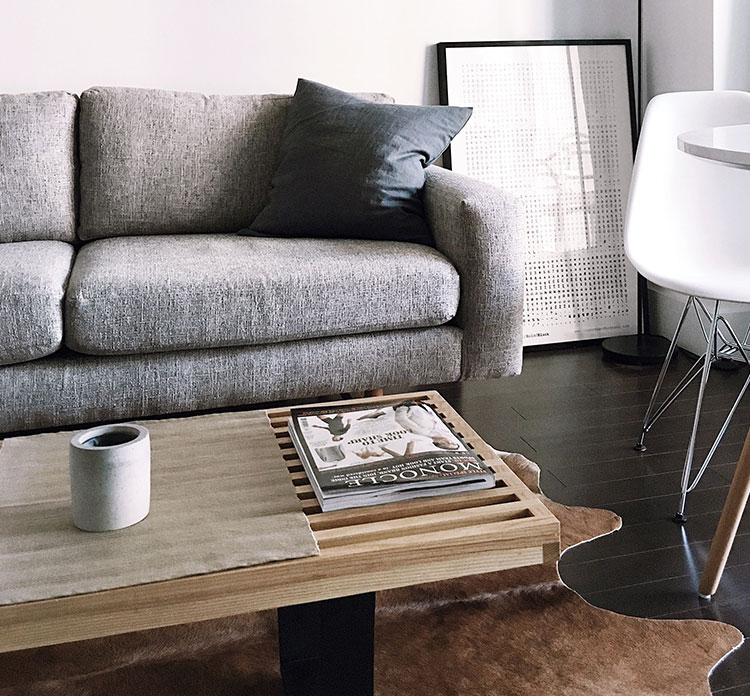
The Role of Design in Interior Spaces
Design has the power to transform ordinary spaces into extraordinary ones. It can make a small room feel larger, a dark room feel brighter, and a dull room feel lively. The right design choices can significantly impact how a space is perceived and used. While aesthetics are important in interior design, functionality should never be overlooked. A beautiful space that doesn’t meet the practical needs of its occupants is ultimately unsuccessful. At Zullqurnain Designer, we strive to balance aesthetics with functionality to create spaces that are not only beautiful but also practical.
The planning process in interior design involves several stages, including concept development, space planning, design development, and project execution. It begins with understanding the client’s needs and vision, followed by creating a design concept that reflects their style and preferences. Detailed plans and drawings are then developed, and the project is executed with careful attention to detail.
Effective project management is crucial in ensuring that an interior design project is completed on time, within budget, and to the client’s satisfaction. At Zullqurnain Designer, we take a hands-on approach to project management, overseeing every aspect of the project to ensure a smooth and successful outcome.
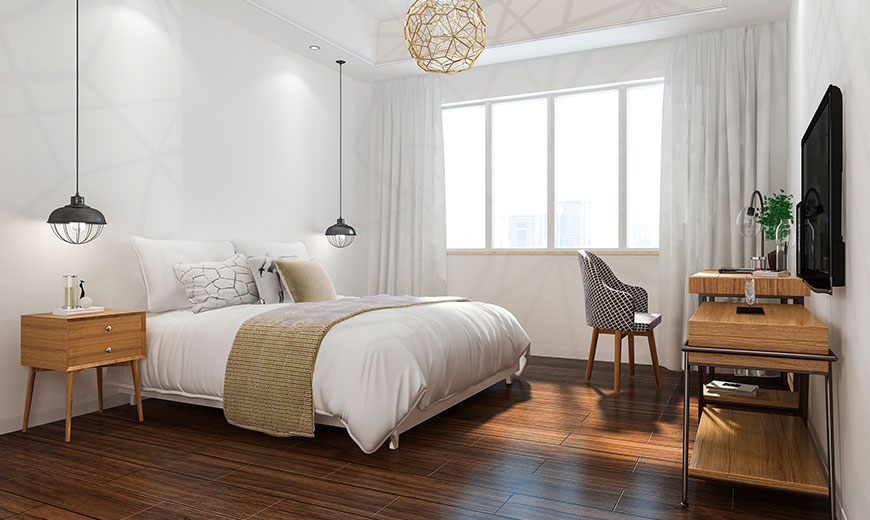
Design
Design has the power to transform ordinary spaces into extraordinary ones
Asthetics
Aesthetics are important in interior design, functionality should never be overlooked
Functionality
We strive to balance aesthetics with functionality to create spaces that are not only beautiful but also practical.
Space Planning
Importance of Space Planning:
Space planning is the process of organizing furniture and other elements in a space to create a functional and visually appealing layout. It’s one of the most critical aspects of interior design, as it directly impacts the flow and usability of a space.
Effective Space Utilization Techniques:
Effective space utilization involves maximizing the potential of a space while ensuring it remains functional and comfortable. This can be achieved through careful furniture placement, the use of multifunctional pieces, and the strategic use of space-saving solutions.
Case Study: Zullqurnain Designer’s Approach to Space Planning:
At Zullqurnain Designer, we take a unique approach to space planning. We begin by analyzing the space and understanding the client’s needs. We then create a layout that maximizes functionality while maintaining a strong sense of style. Our goal is to create spaces that are both beautiful and practical.
Lighting Design
The Impact of Lighting on Interior Spaces:
Lighting is a critical element in interior design, as it affects how a space looks and feels. The right lighting can enhance the colors, textures, and overall ambiance of a room, making it more inviting and functional.
Types of Lighting: Ambient, Task, and Accent:
There are three main types of lighting used in interior design: ambient, task, and accent. Ambient lighting provides general illumination, task lighting focuses on specific areas, and accent lighting highlights particular features or objects. A well-designed lighting plan incorporates all three types to create a balanced and functional space.
How Zullqurnain Designer Uses Lighting to Enhance Spaces:
At Zullqurnain Designer, we use lighting strategically to enhance the design and functionality of a space. We carefully select fixtures and place them in a way that highlights the best features of the room while ensuring that the space is well-lit and functional. By layering different types of lighting—ambient, task, and accent—we create a balanced and dynamic environment. Ambient lighting provides general illumination, setting the overall mood of the room. Task lighting is focused on specific areas where activities like reading or cooking take place, ensuring practicality and comfort.


